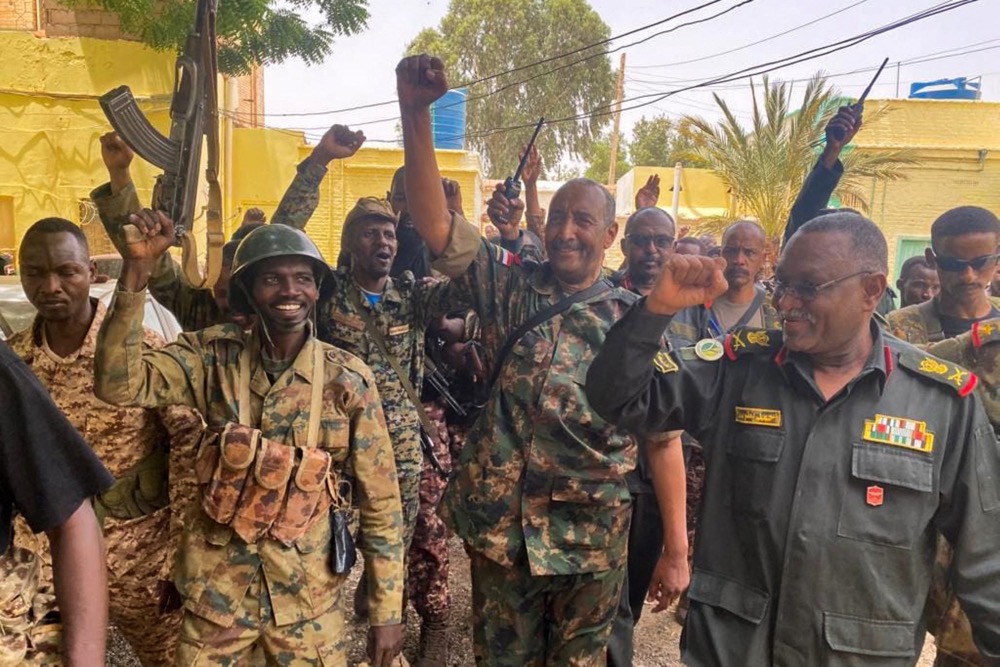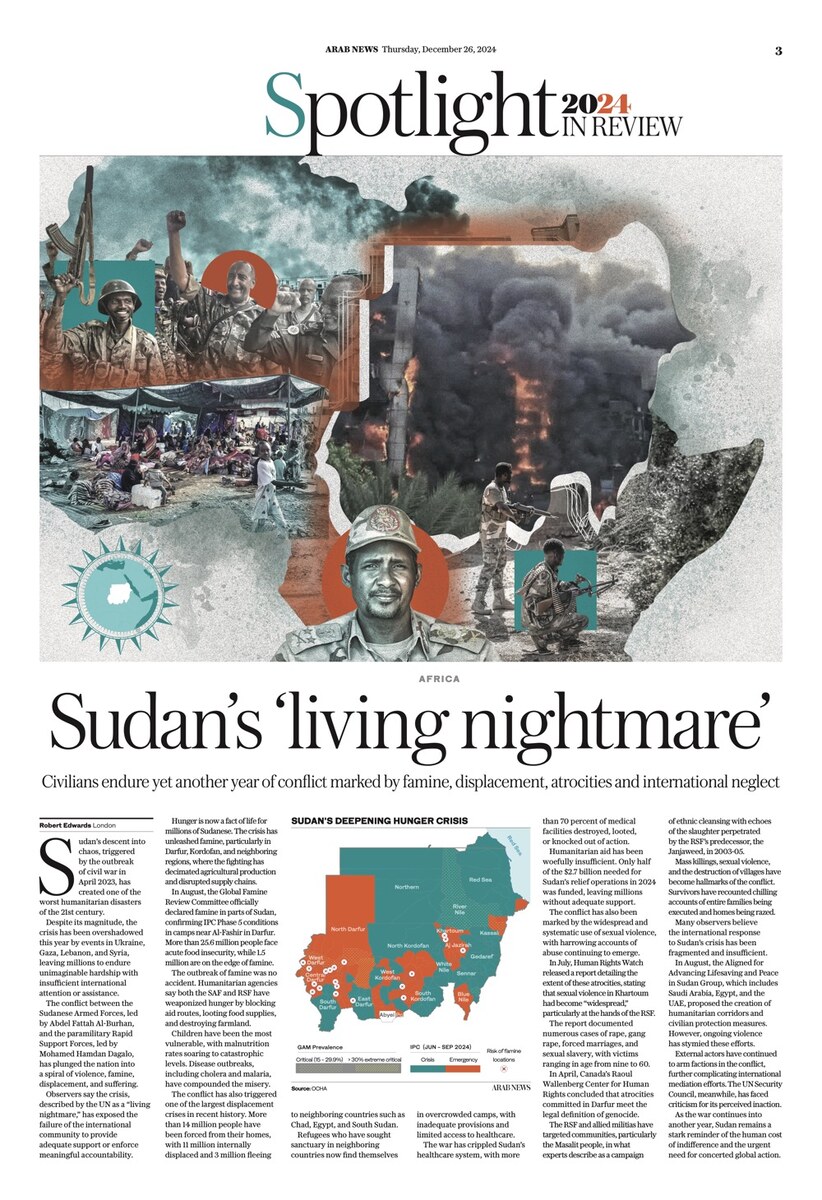TEL AVIV: US Secretary of State Antony Blinken met Monday with Israeli Prime Minister Benjamin Netanyahu during his latest trip to the Middle East, where America’s top diplomat urged approval of a ceasefire proposal that faced new uncertainty following Israel’s hostage rescue operation that killed many Palestinians and turmoil in Netanyahu’s government.
With no firm public response yet from Hamas or Israel to the proposal they received 10 days ago, Blinken started his eighth visit to the region since the conflict began in October by meeting with President Abdel Fattah El-Sisi of Egypt, a key mediator with the militant Hamas group. He then flew to Israel for talks with Netanyahu and other Israeli officials.
Blinken once again called on Hamas to accept the plan, which he said has wide international support.
“If you want a ceasefire, press Hamas to say ‘yes,’” he told reporters before leaving Cairo on the trip that also will take him to Jordan and Qatar. Blinken said Israel has accepted the proposal, though Netanyahu has expressed skepticism.
“I know that there are those who are pessimistic about the prospects,” Blinken said, putting the onus on Hamas. “That’s understandable. Hamas continues to show extraordinary cynicism in its actions, a disinterest not only in the well-being and security of Israelis but also Palestinians.”
While President Joe Biden, Blinken and other US officials have praised the rescue of four Israeli hostages on Saturday, the operation resulted in the deaths of 274 Palestinian civilians and may complicate the ceasefire push by emboldening Israel and hardening Hamas’ resolve to carry on fighting in the war that started with its Oct. 7 attack in Israel.
Blinken said the plan is the “single best way” to get to a ceasefire, release the remaining hostages and improve regional security.
In his talks with El-Sisi, Blinken also discussed plans for post-conflict governance and reconstruction in Gaza.
“It’s imperative that there be a plan, and that has to involve security, it has to involve governance, it has to involve reconstruction,” Blinken said.
Netanyahu and his government have resisted calls for any “day after” plan that would bar Israel from having some form of security presence in the territory. Blinken said he would urge Israel to come up with alternatives that would be acceptable.
“It would be very good if Israel put forward its own ideas on this, and I’ll be talking to the government about that,” he said. “But one way or another, we’ve got to have these plans, we’ve got to have them in place, we’ve got to be ready to go if we want to take advantage of a ceasefire.”
The three-phase plan calls for the release of more hostages and a temporary pause in hostilities that will last as long as it takes to negotiate the second phase, which aims to bring the release of all hostages, a “full withdrawal of Israeli forces from Gaza” and “a permanent end to hostilities,” according to an American-drafted resolution put before the UN Security Council. The third phase calls for reconstruction in Gaza.
The Security Council voted Monday to approve the resolution, which welcomes the proposal and urges Hamas to accept it. The vote on the US-sponsored resolution was 14-0, with Russia abstaining.
But Hamas may not be the only obstacle.
Although the deal has been described as an Israeli initiative and thousands of Israelis have demonstrated to support it, Netanyahu has expressed skepticism, saying what has been presented publicly is not accurate and that Israel is still committed to destroying Hamas.
Netanyahu’s far-right allies have threatened to collapse his government if he implements the plan. Benny Gantz, a popular centrist, resigned on Sunday from the three-member War Cabinet after saying he would do so if the prime minister did not formulate a new plan for postwar Gaza.
In the aftermath of the hostage rescue, Netanyahu had urged him not to step down.
Blinken has met with Netanyahu, Defense Minister Yoav Gallant, Gantz and Israeli opposition leader Yair Lapid on nearly all his previous trips to Israel. Officials said Blinken is expected to meet with Gantz on Tuesday.
Despite Blinken’s roughly once-a-month visits to the region since the war began, the conflict has ground on with more than 37,120 Palestinians killed, according to the Gaza Health Ministry, which does not differentiate between civilians and combatants in its counts. Hamas and other militants killed some 1,200 people in the Oct. 7 attack, mostly civilians, and took around 250 people hostage.
The war has severely hindered the flow of food, medicine and other supplies to the Palestinians in Gaza, who are facing widespread hunger. UN agencies say more than 1 million people in the territory could experience the highest level of starvation by mid-July.
In Jordan, Blinken will take part in an emergency international conference on improving the flow of aid to Gaza.
Blinken meets with Netanyahu in Israel and urges Hamas to accept ceasefire proposal
https://arab.news/9bkjh
Blinken meets with Netanyahu in Israel and urges Hamas to accept ceasefire proposal

- Israel and Hamas both doubled down on hard-line positions that have scuppered all previous attempts to end the fighting
- Washington is now seeking a vote backing the ceasefire proposal at the UN Security Council



































